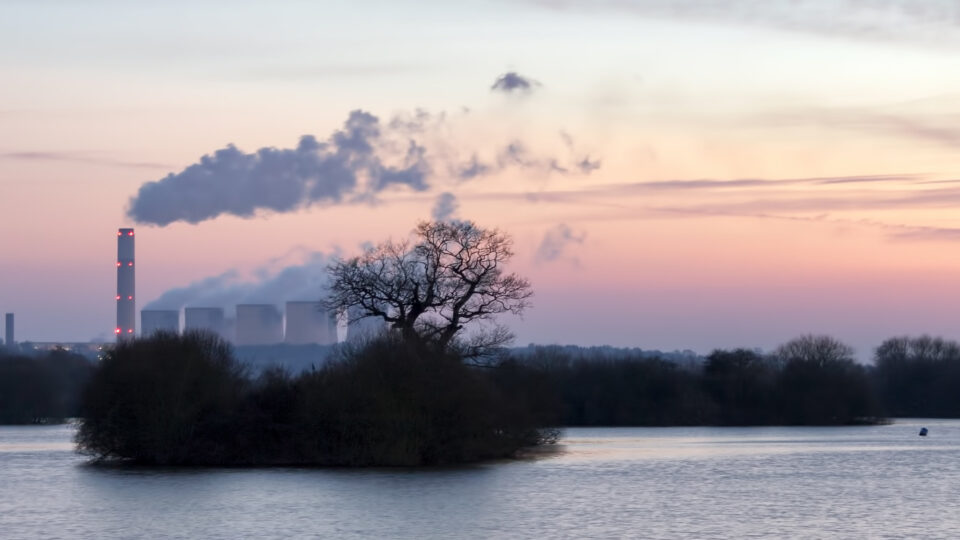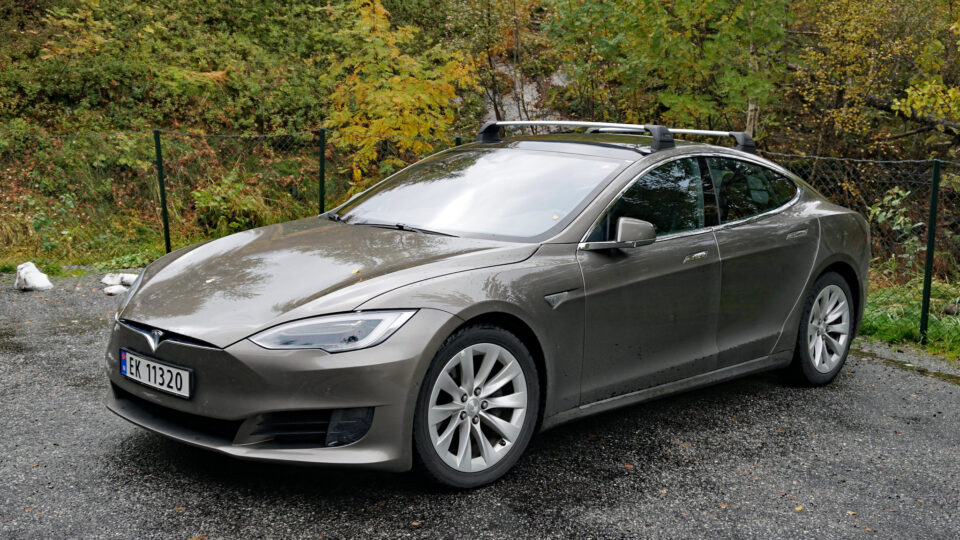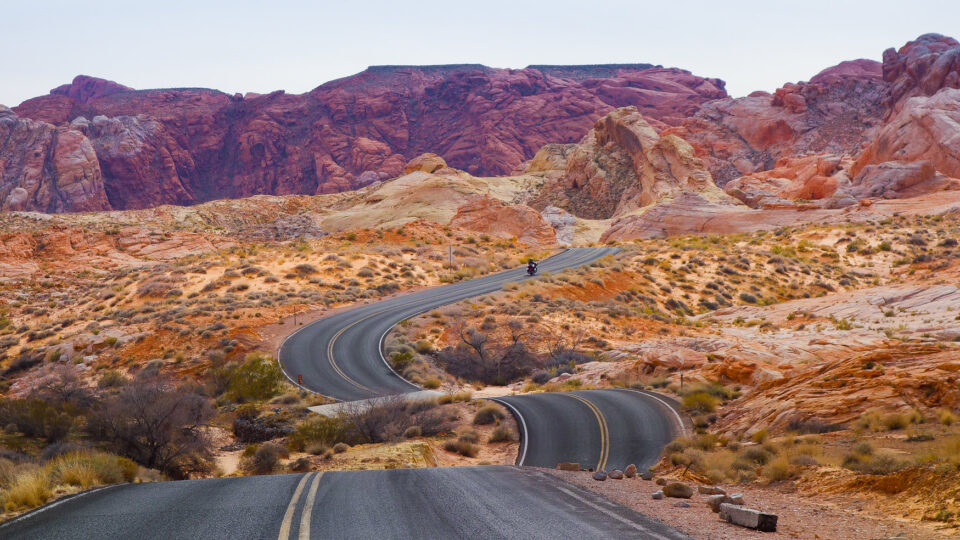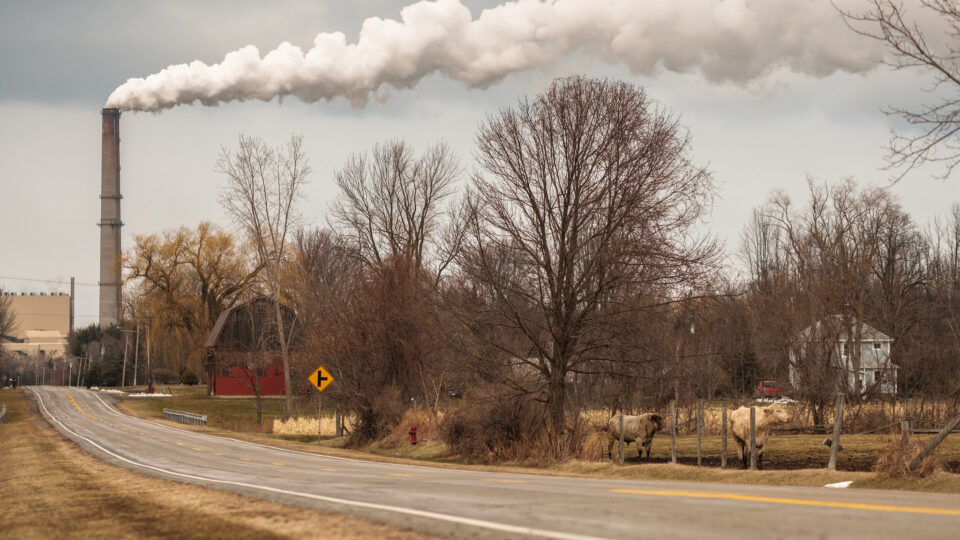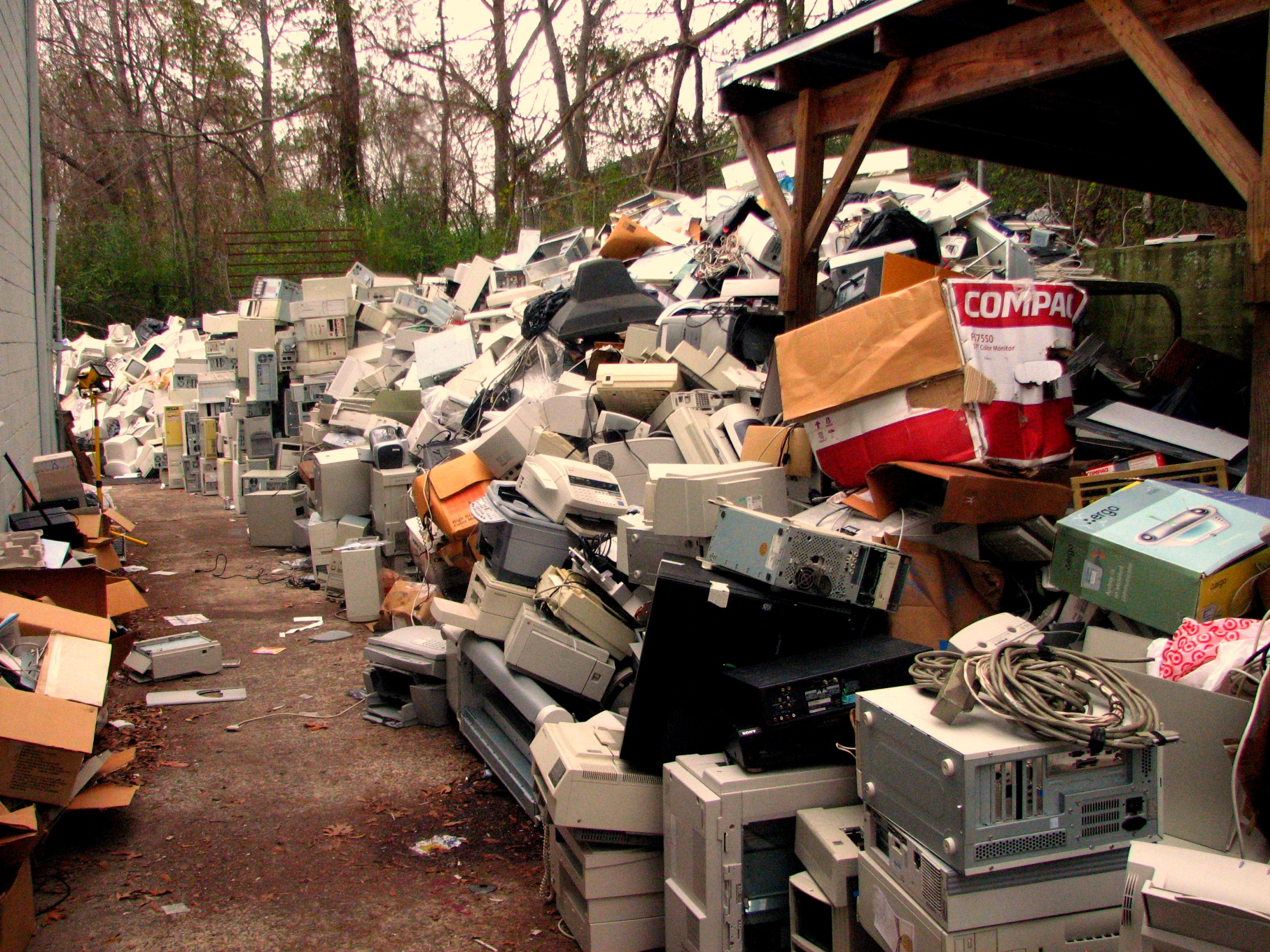The Industrial Revolution, which basically got underway in the mid-19th century, was largely enabled by coal, which fueled iron manufacturing, railroads, steam engines, and more. Most of these things got their start in Britain, which inspired the rest of the world to follow suit.
The world’s first coal-burning power plant began producing electricity at the Holborn Viaduct in London in 1882. This September, Britain – the birthplace of coal power – shut down its last coal-burning power station when the 2,000-megawatt Ratcliffe-on-Soar facility ceased operations. Uniper, the company that operated the plant, will be converting the 750-acre site to a low-carbon energy hub.
Shutting down coal plants is not a simple matter, as they are the lifeblood of entire towns and regions where they are located. Finding fair transitions for workers is an uphill battle that has to take place in many locations.
Coal is the dirtiest fossil fuel, producing more greenhouse gas than others, but historically was the cheapest and most abundant source of power in many countries. In recent decades, it has been replaced by gas, nuclear power, and most recently, renewables like wind and solar.
The coal era has ended in much of the world. The United States still gets 16% of its electricity from coal, but that number keeps getting smaller. Unfortunately, the great majority of coal use is in the world’s two most populous countries: India and China. Both are adding renewable energy sources, but both have rapidly climbing energy demand. China’s coal consumption is expected to peak this year and flatten out. But there is still work to be done to bring an end to coal power.
**********
Web Links
Britain Shuts Down Last Coal Plant, ‘Turning Its Back on Coal Forever’
Photo, posted March 13, 2016, courtesy of Arran Bee via Flickr.
Earth Wise is a production of WAMC Northeast Public Radio
